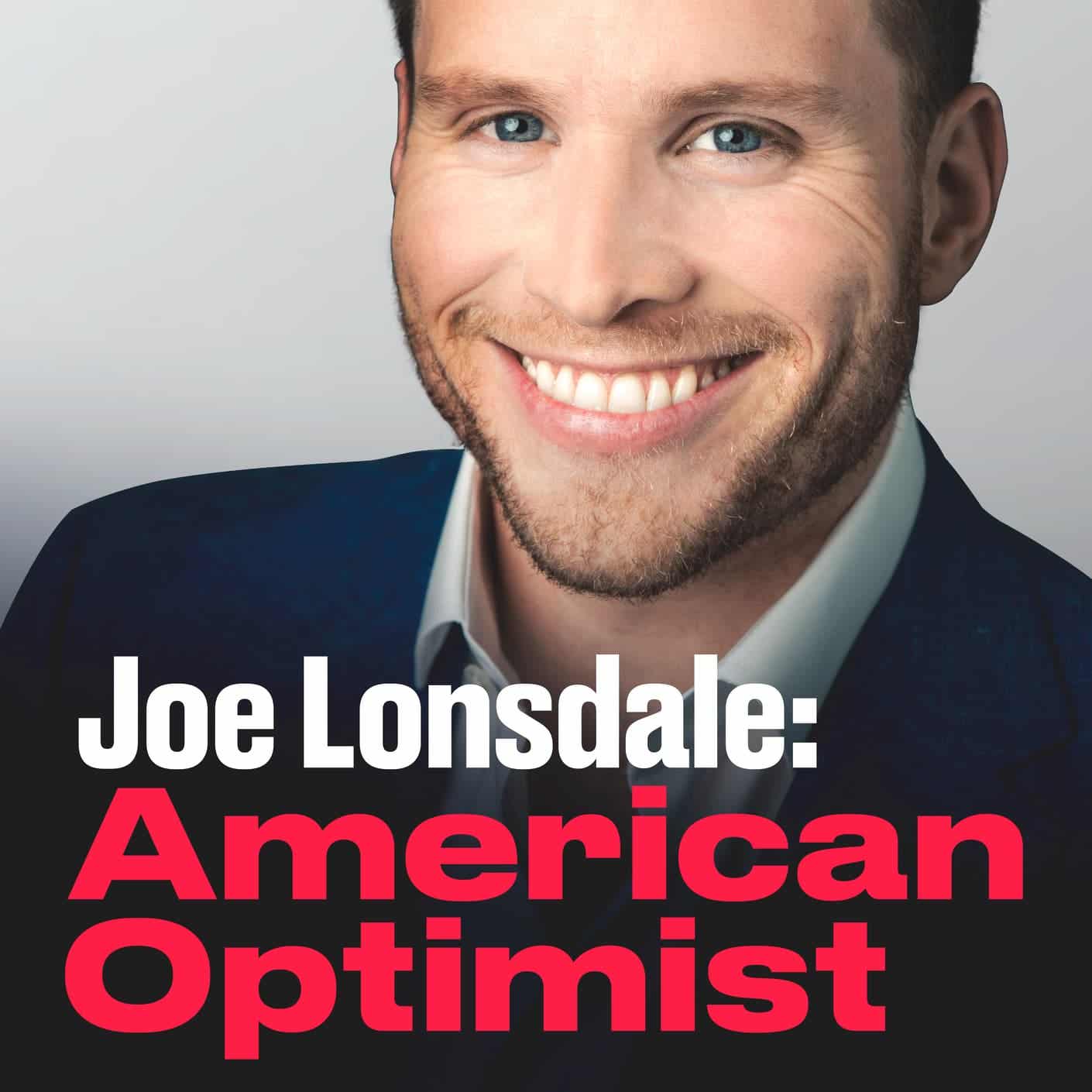PortalsOS
Related Posts
Vote to see vote counts
One of the really cool things the New York Times puzzle team does is accept crossword submissions from around the country. Anybody can send a puzzle in and you hear back from the editors with feedback.

The writing of 'One Battle After Another' is criticized as bad, affecting the overall quality of the movie.
The Times pretends to be unbiased, but its bias is evident, unlike the Free Press, which is open about its stance.
Many traditional technology magazines have become negative and low-quality, prompting Arena Magazine to take a bold and positive approach.

Journalists often write for one another, leading to a collective disdain for the entrepreneur class and a tendency to virtue signal through negative coverage.
Joel Faliano reflects on his first experience with New York Times puzzles, where he struggled to solve them and put them aside for two years. He later realized that puzzle-solving is better as a communal and learning activity.
Historically, technology magazines have become negative and low-quality, prompting Arena to be bold and positive.
Working at the New York Times, you often hear from people in your life about puzzles they didn't like. It becomes a part of the job to receive and consider this feedback.
The New York Times receives upwards of 150 crossword submissions each week from around the world. Editors sort these into categories: immediate rejections, maybes, and accepted puzzles. The editing process primarily involves changing clues rather than altering the puzzle's words.

Family members often play New York Times games together, turning it into a ritual where they solve puzzles and discuss the words that should or shouldn't be included.